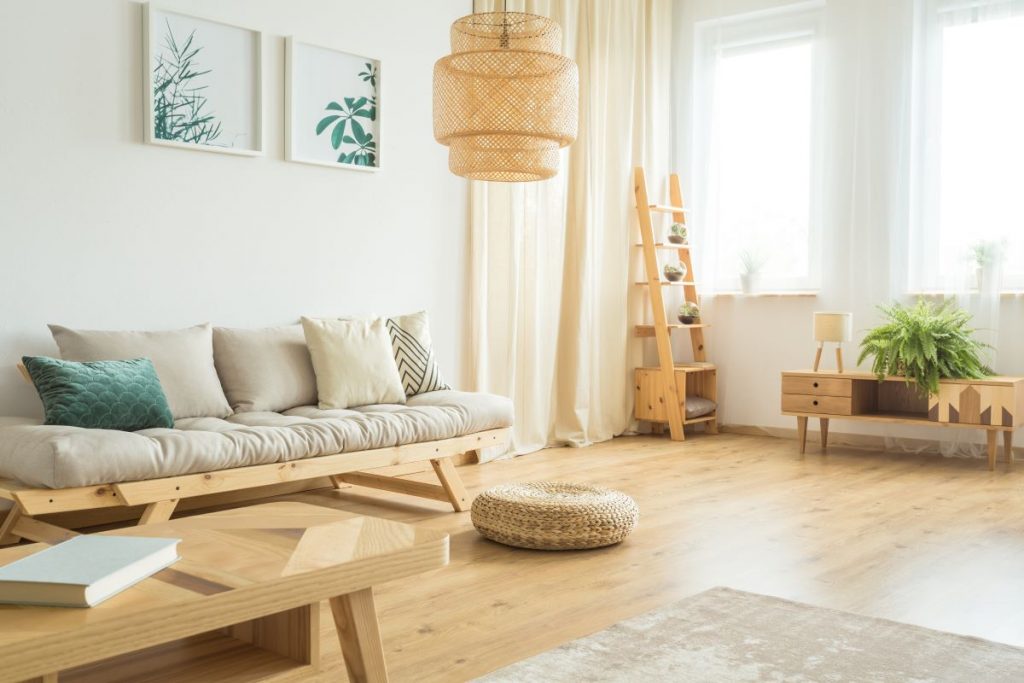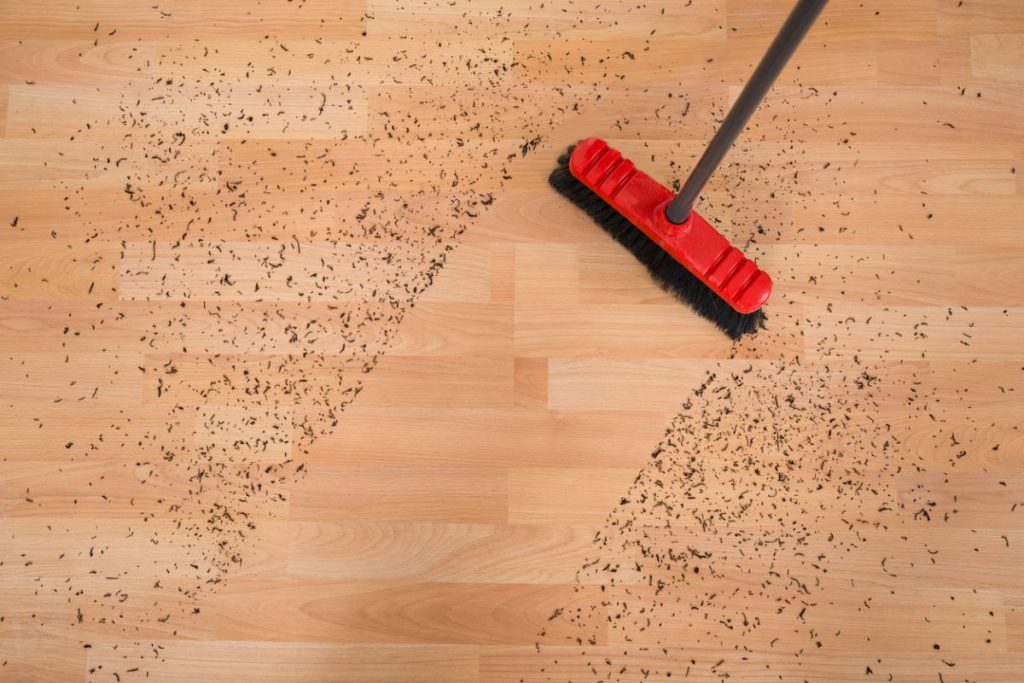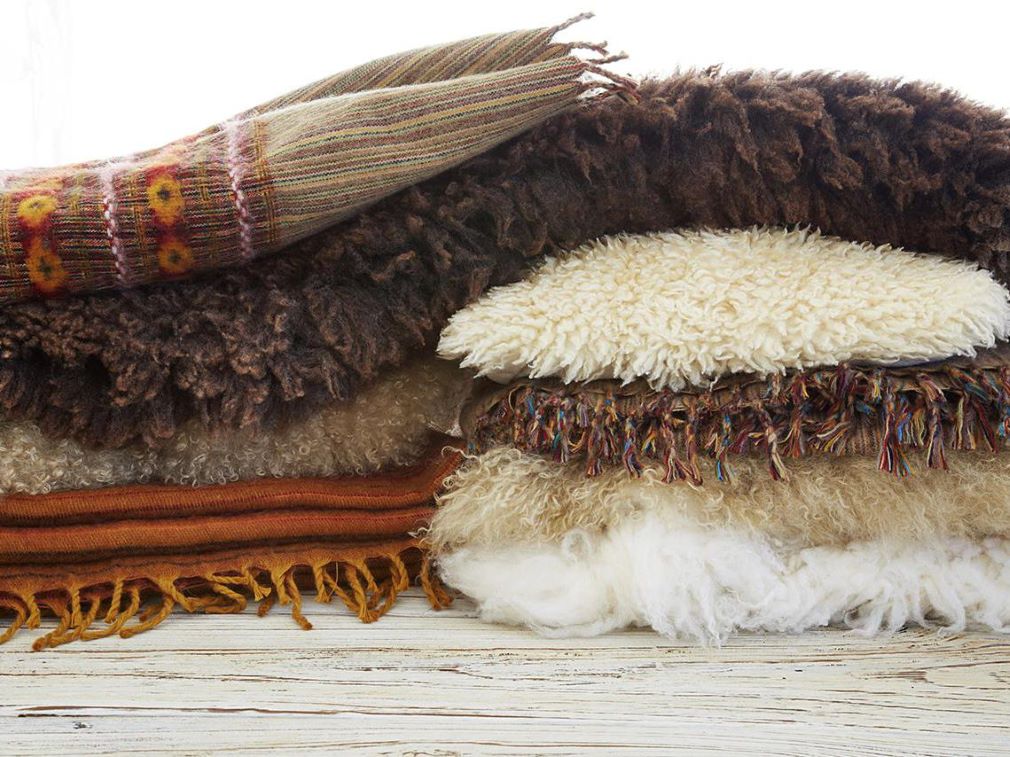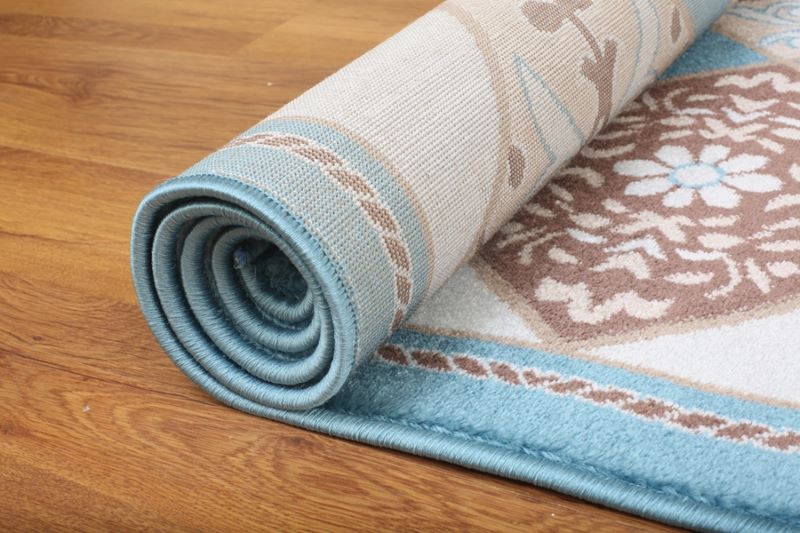Table of Contents
Nowadays, green living is all the rage – and for a good reason. Our planet is in desperate need of more thoughtful consumerism and sustainable options. While it’s easy to go green when it comes to most daily habits, things are a bit more complicated when building or remodeling a home. Aside from choosing colors and styles of materials that fit into your budget, you might want to consider their sustainability, as well. Many people are hesitant to explore eco-friendly materials since they think they must be expensive and hard to come across. However, finding sustainable flooring options for your new home has never been easier.
Hardwood flooring
You’ll probably be relieved to learn that one of the most popular flooring options for homes is sustainable. Hardwood flooring has been around for ages, and it’s easy to understand why. It comes from renewable sources, it’s durable, biodegradable, and easy to maintain. However, even though wood is natural, there are things to consider when choosing the right option for your new home.
It’s best to opt for sustainably harvested wood as deforestation is a huge problem you surely don’t want to contribute to when trying to become more eco-friendly. Since this option is usually on the more expensive side, engineered hardwood flooring might be a better choice for those with a limited budget. This is an even more sustainable alternative as it uses skinny solid wood veneers on top of layers of plywood.
If you’re looking for extra sustainability, consider reclaimed or recycled hardwood flooring. Reusing and repurposing are at the core of eco-friendly living, so applying these principles will undoubtedly have you feeling proud of your green self.
Cork flooring
Unlike hardwood, cork flooring is a relatively new option on the market. Cork is harvested from the bark of the cork oak tree. What makes it sustainable is the fact that trees don’t need to be cut down, and their bark grows back. The material is allergy-friendly and has excellent insulation properties. There are various designs appropriate for any room in your house, from cork combined with other materials to pre-consumer cork waste. Cork flooring is a cheaper alternative to hardwood, but its quality and design are still up to par.
Linoleum
When exploring sustainable flooring options for your new home, many people disregard linoleum, thinking it is the same as vinyl. While the two look similar, they don’t have anything else in common. Vinyl is a synthetic material harmful to both our planet and our health. On the other hand, linoleum is made from linseed oil and other natural elements. This is an excellent sustainable choice as its production doesn’t require excessive use of energy. At the end of its lifecycle, linoleum can be burned for fuel, which provides a similar amount of energy as its production. Additionally, the material is durable and long-lasting, which is essential for turning your home into a sustainable haven.
Since linoleum is both practical and affordable, it might be a smart choice for renters and homeowners looking to pinch a few bucks. Moving into a new home while trying to stay green and within budget is not easy. For those who want to make the whole relocation process sustainable, some serious budgeting is necessary. Therefore, opting for linoleum can alleviate some costs and allow everything to go according to plan.
Bamboo flooring
It’s impossible to talk about sustainable materials without mentioning bamboo. Bamboo is known for being one of the fastest-growing plants, making it much more eco-friendly than wood. It is an excellent option for those looking to achieve the hardwood look without the hardwood prices. Both are equally sturdy and long-lasting; therefore, you can rest assured knowing that the cost of bamboo won’t sacrifice its quality.
Contrary to popular belief, bamboo flooring doesn’t have to be light. It comes in different shades and styles, and you can even apply finishing products if needed.
However, it’s important to note this flooring material doesn’t always leave the smallest carbon footprint. Bamboo grows mainly in Vietnam and China, which means it has to travel a long way to get to consumers. Instead, try to find locally manufactured (if possible) bamboo flooring with an FSC certificate to ensure it carries the least amount of green guilt possible.
Bio-based flooring panels
If you are interested in adding more personality to your home, you might want to explore unique patterns for your floor. Bio-based panels can be an excellent place to start. Sustainable paneling is usually made from wheat, sorghum, hemp, and wood – it doesn’t get much more natural than that.
Although most people think elegance and sustainability don’t go hand in hand, this couldn’t be further from the truth.
Stone tiles
Sustainable flooring options don’t lack luxury either. Stone flooring is one of the most natural and beautiful options on the market. However, its beauty usually comes with a hefty price tag. Opting for stone tiles can be an excellent choice for warmer climates. If your budget allows, that is. It is easy to maintain, and there are various types and colors of stone to choose from according to the style you want to achieve.
Final words
When exploring sustainable flooring options for your new home, it is vital to remember that you don’t need to sacrifice style in an attempt to go green. An abundance of alternatives allows you to achieve any look you want without much hassle. However, each option has its pros and cons depending on your needs and preferences. Through thorough research and careful budgeting, there truly is no limit to chic sustainability.








